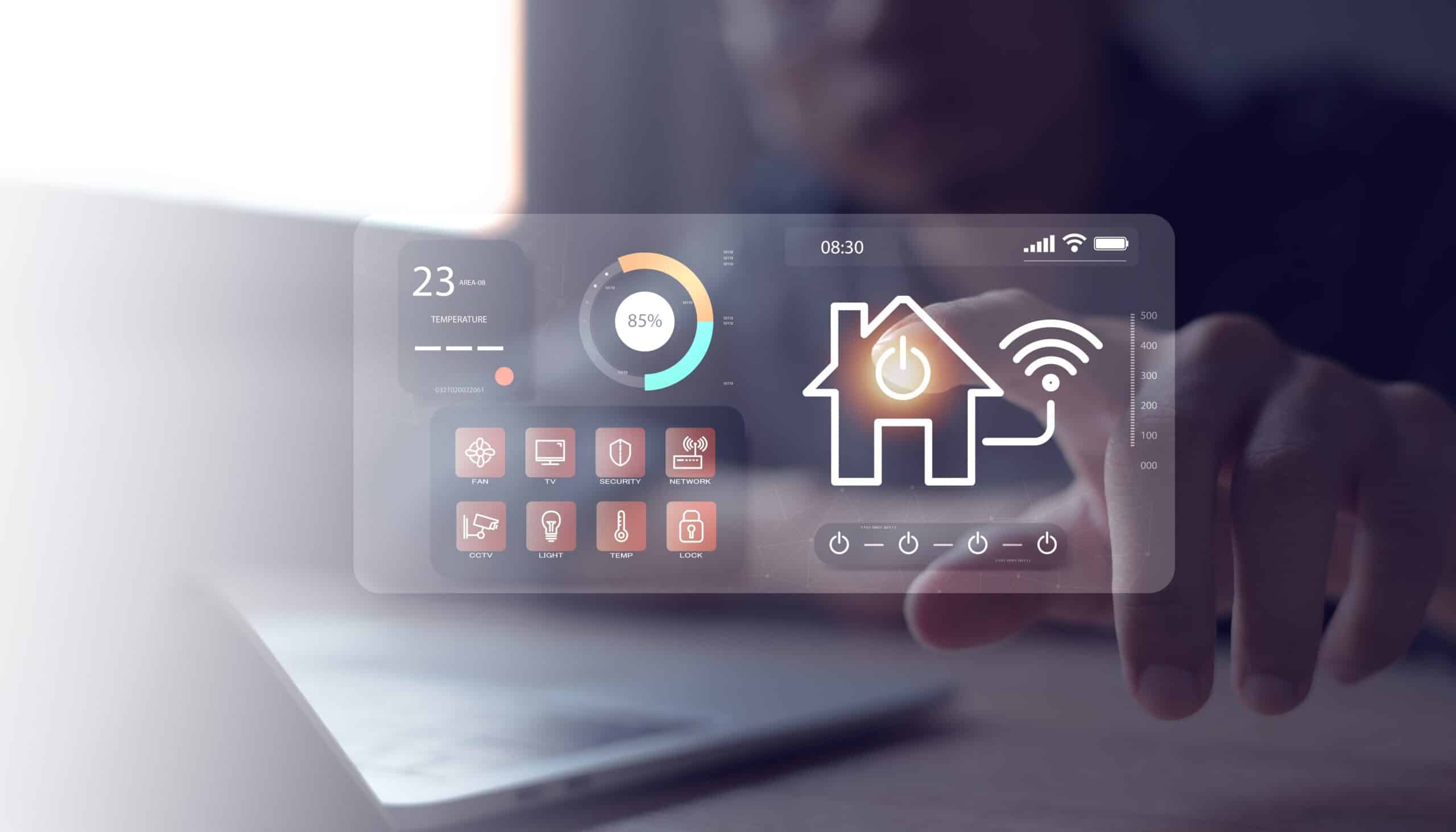The future of energy is not only about renewable generation but also about creating flexible and responsive grids that adapt to the challenges of a modern energy landscape. As part of the REEFLEX project, the Balancing Market Optimiser (BMO) with Demand Response is revolutionising the way we balance supply and demand in close to real-time, integrating consumers directly into grid operations. By harnessing the power of demand-side flexibility, BMO optimises the energy market, reducing grid stress and maximising renewable energy usage.

Key contributions to the REEFLEX project include:
- Close to Real-time Dispatch & Demand Response – Responds to grid signals with optimisation of energy and reserve requirements while adjusting demand, ensuring balance and minimising system imbalances.
- Seamless Renewable Integration – Leverages demand-side resources to support renewable generation, ensuring grid reliability and resilience.
- Demand Response Activation: Engaging demand-side resources like factories, homes, and commercial buildings to respond to grid needs dynamically.
- Market Insight & Participation: Offering analytics to inform market participants of optimal energy decisions, fostering both cost-effectiveness and grid stability.
- Grid Flexibility & Stability: Strengthening grid resilience by making it adaptable to fluctuating energy generation and demand through intelligent scaling.
- We are excited to highlight the vital role the University of Piraeus plays in the development of the BMO with Demand Response, a key component of the innovative REEFLEX project. Leveraging deep expertise in energy systems, the university is leading the charge in optimising close to real-time energy dispatch while enhancing demand-side flexibility.
Advanced Energy Systems Modeling: By applying cutting-edge techniques in energy system modeling and optimization, the university ensures that the BMO balances supply and demand with precision, even in fluctuating conditions.
The REEFLEX project is driving innovation in demand-side flexibility and real-time energy market optimization, and the University of Piraeus is at the heart of these efforts, ensuring that the grid of the future is both sustainable and adaptable.We are proud to collaborate with such a forward-thinking institution, as together we create a more resilient, efficient, and environmentally friendly energy system.
Learning from the Frontlines: The BMO with Demand Response in REEFLEX
The REEFLEX Project has been a transformative journey for everyone involved, offering invaluable insights into the future of grid management, energy optimisation, and renewable integration. At the heart of this innovation is the BMO with Demand Response, a tool that has reshaped our understanding of how to effectively manage the complexities of today’s energy markets.

Key Learning Experiences:
- Real-time Flexibility is Key: One of our biggest takeaways has been the importance of real-time grid flexibility. By integrating demand response mechanisms, we learned how quickly consumers—both industrial and residential—can respond to grid signals, maintaining stability while optimizing their energy consumption.
- Data is the New Power: The role of market-driven insights and data analytics in the BMO has been eye-opening. Having access to real-time data allows grid operators and market participants to make faster, smarter decisions, reducing costs and improving efficiency.
- Seamless Renewable Integration: Working with the BMO has shown us the complexities and opportunities of renewable integration. By balancing intermittent energy sources like wind and solar with demand-side flexibility, we’ve learned how to create a more resilient and sustainable grid without sacrificing performance.
- Collaboration Drives Innovation: The interdisciplinary collaboration between academic institutions like the UPRC, industry experts, and market participants has proven that breakthroughs happen when diverse perspectives come together. The REEFLEX Project is a testament to the power of partnership.
- Empowering the End-User: Perhaps one of the most enlightening experiences has been witnessing how demand response empowers consumers to actively participate in grid operations. This not only improves grid stability but also allows users to make smarter energy choices, contributing to a greener future.
This experience enables learners to build the technical, analytical, and practical skills needed to optimize grid operations, integrate renewable energy, and manage flexible demand-side resources effectively in modern power systems.

What’s Next?
These learnings are just the beginning. As we continue to explore new frontiers in energy flexibility and market optimisation, the BMO with Demand Response will play a central role in creating a more adaptive and sustainable energy system.We’re excited to apply these insights to drive the next phase of energy innovation.
Innovation in Action: The BMO with Demand Response in REEFLEX
At the heart of the REEFLEX project is a vision of a resilient, adaptable, and greener energy future. The BMO with Demand Response is a key innovation that helps achieve that by empowering both the grid and consumers to work together in creating a flexible, balanced, and sustainable energy ecosystem. A key innovation of the tool under development concerns the Enhanced Grid Flexibility with DR for Renewables. This is executed by aligning DR programs more closely with renewable energy production, making DR a critical tool for integrating larger shares of intermittent renewables into the grid. This is implemented through (i) co-optimizing renewable generation and demand response close to real-time, ensuring that DR is dispatched to smooth out the variability of renewables like wind and solar, and (ii) creating dynamic DR programs specifically designed to align with the output of renewable energy, where consumers reduce or shift demand based on renewable availability (e.g., reducing load when solar production is low and increasing consumption when wind generation is high).
The REEFLEX deliverable – D5.5 – will include propositions and simulation scenarios for participation of cross-sector consumer flexibility in the markets, as well as evaluation of REEFLEX innovations on EU flexibility markets under specific scenarios.This combination of demand response and market optimisation enables us to support a grid that is not only more flexible but also increasingly sustainable and future-ready. Together with the REEFLEX project, we’re pushing the boundaries of energy flexibility, creating a resilient and greener future for all!